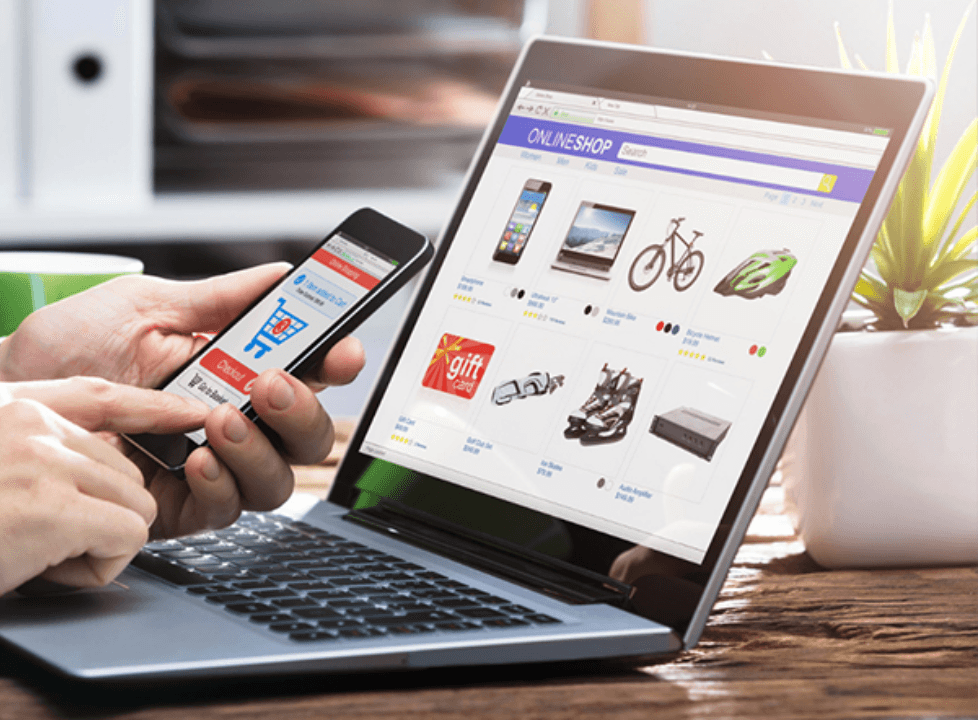nds, the tactics scale. The key is tailoring: use the right mix (email, SMS, ads, UX) for your audience and niche.
Conversion Tips for Different Business Types
No two stores are identical. Here are extra pointers by shop type:
- Fashion & Apparel: Visuals sell. In emails/SMS, include product photos or encourage browser wishlist adds. Mobile checkout should be frictionless — many fashion buyers are on smartphones. Retarget on Instagram/Facebook since it’s highly visual.
- Consumables & Subscriptions: People come back for replacements or new flavors. Use cart flows to remind about restocks or bundle deals. For products that ship regularly (groceries, pet food), emphasize the convenience of finishing the order.
- High-Ticket Goods: These buyers need reassurance. Promote financing options (like Klarna/Afterpay) before checkout, and highlight trust badges/case studies. Since abandonment is common, follow up with “complete purchase” emails stressing the value they nearly unlocked.
- B2B or Complex Sales: E-commerce still applies, but sales cycles are longer. Use abandoned cart flows to offer demos or consultation (“Notice you left items in your cart — need help finalizing your order?”). Live chat or sales outreach (phone/email) can be triggered by cart abandonment for enterprise buyers.
- Platform-Specific: Most platforms have tools to help. On Shopify, activate the native “Abandoned Checkout” email in Notifications and enhance it with an app (Klaviyo, Shopify Email, etc.) plus an SMS app. WooCommerce users can use plugins like FluentCRM or SMS extensions. BigCommerce has built-in abandoned cart saver plus integration with RetargetApp. For Amazon, you can’t email carts, but you can use Sponsored Display ads to retarget customers who viewed your product pages or saved items. The tactic is the same: meet your customers where they left off.
No matter what you sell or where you sell it, the principles hold: capture intent early (via email/SMS or onsite popups), make checkout painless (guest checkout, visible costs, trust signals), and remind people with friendly follow-ups. Benchmark your flows against industry averages too: for example, Klaviyo found even average abandoned-cart emails earn $3.65 per sendklaviyo.com. If your flows are much below that, there’s clear room to optimize.
Actionable Next Steps
Ready to act? Start with these practical takeaways:
- Audit your current setup. Ensure abandoned-cart emails are enabled and timed appropriately. If you don’t have SMS or ads running, pilot one channel at a time.
- Optimize your checkout. Reduce form fields, add guest checkout, and show costs upfront. Test your mobile checkout flow and speed.
- Segment and personalize. Tailor emails/ads by cart value or products. Try special offers to high-value carts only.
- Use analytics. Track your recovery rate (sales from abandonment flows) and compare to benchmarks. Many tools (email/SMS platforms and Google Analytics) report how many orders came from abandoned-cart campaigns.
- Test & iterate. A/B test email subject lines, SMS timing, pop-up designs, and offers. For instance, Klaviyo data shows testing flows can move the needle on revenueklaviyo.com. Small wins add up.
Putting these tactics into practice will turn passive shoppers into active buyers. Every percentage point of lift means real dollars saved.
Ready to Recover More Sales?
Don’t let abandoned carts drain your revenue. Our team can help you audit and set up the right mix of email, SMS, retargeting and UX fixes to win back those customers. We specialize in optimizing cart recovery across platforms (Shopify, WooCommerce, Amazon, BigCommerce, etc.), tailoring tactics to your products and audience. Contact us today for a personalized cart recovery strategy session. With the right approach, you’ll convert more of those lost carts into paying customers and give your growth a real boost.



